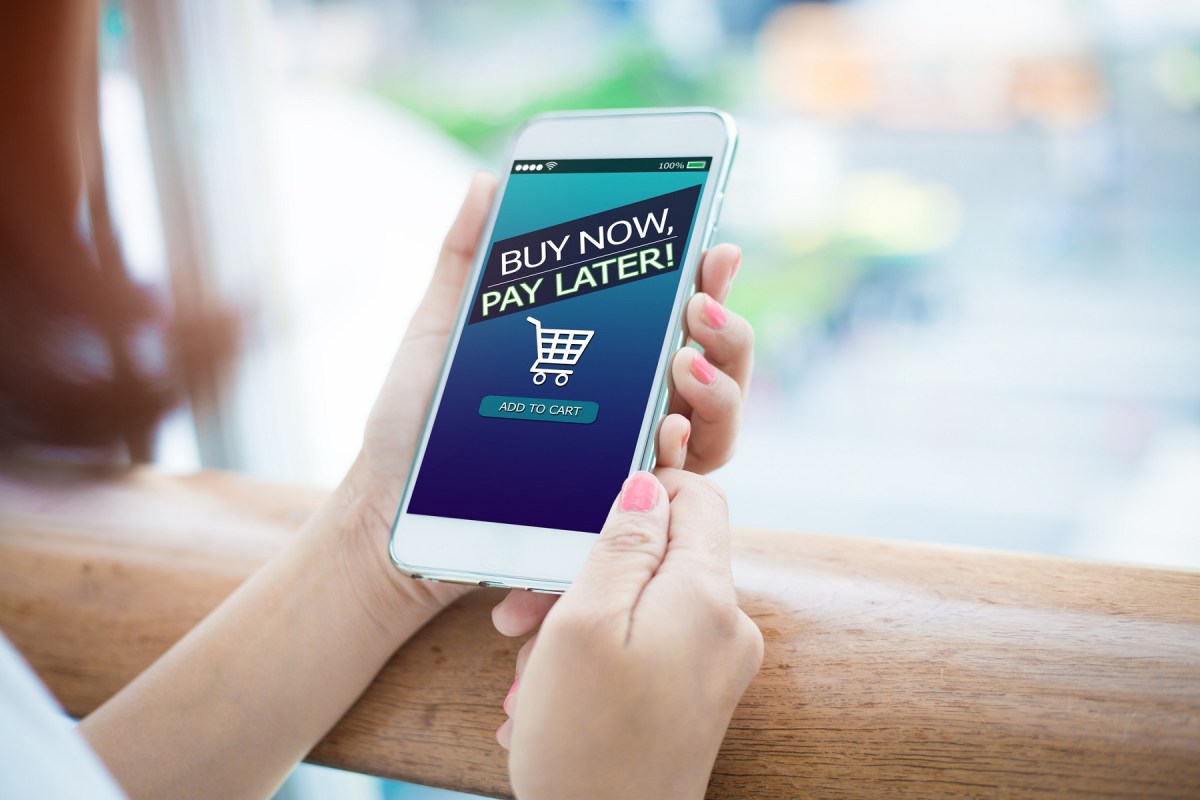At a recent COSBOA payments summit, Payment Services managing director, Brad Kelly highlighted the higher payment processing costs for BNPL sales for retailers, which currently cannot pass the fees on to customers.
Kelly’s main question for retailers to consider was “is the juice worth the squeeze?” when the size of BNPL payments is put into context the overall size of the digital payments market.
Citing recent industry figures, Kelly noted that BNPL is an $11 billion portion of what is a total $750 billion worth of card transactions, in a crowded market with many players offering BNPL services.
“So when you hear these ridiculous stories that come out about ‘everyone’s cutting up their cards, we’re all going to buy now pay later’, it is simply not true,” Kelly says.
Kelly made a comparison of a typical $100 payment made to a retailer. Through an eftpos card, with least-cost-routing, and a fair market rate from your payment processing provider, you would pay around 15 cents.
With a BNPL payment, where Kelly says rates are as high as 6% — but typically closer to 4% — that could cost as much as $6 for the retailer.
“So you have a very, very distorted landscape of a very expensive payment method with a pretty low number,” Kelly says,
He did give the concession of several hotspots within retail for the BNPL market: women’s clothing, women’s fashion, and cosmetics.
Kelly also argued that the multitude of BNPL options in the market means that customers are less likely to stick with one.
“The point I want to make on this is that there is no loyalty in this market, either for merchants or from customers, despite the fact that there is a bit of a campaign which says that our customers love us.
“It’s not the kind of relationship I would call love,” Kelly says.
Kelly also threw doubt on the likelihood of BNPL increasing conversion rates online, but noted that BNPL will likely broaden a retailer’s consumer base, and increase the total checkout amount for individual sales.
The board of the RBA now holds the position that it is in the public interest for ‘buy now, pay later’ providers to remove their no-surcharge rules. That would need to be legislated by Treasury, with a likely implementation no sooner than 2022. A legislative change would allow retailers to shift the costs back to customers.
Until then however, Kelly’s advice is, “If you are a merchant, or you are a retailer, but you just need to understand what you’re getting yourself into, and how much this is actually costing”.

